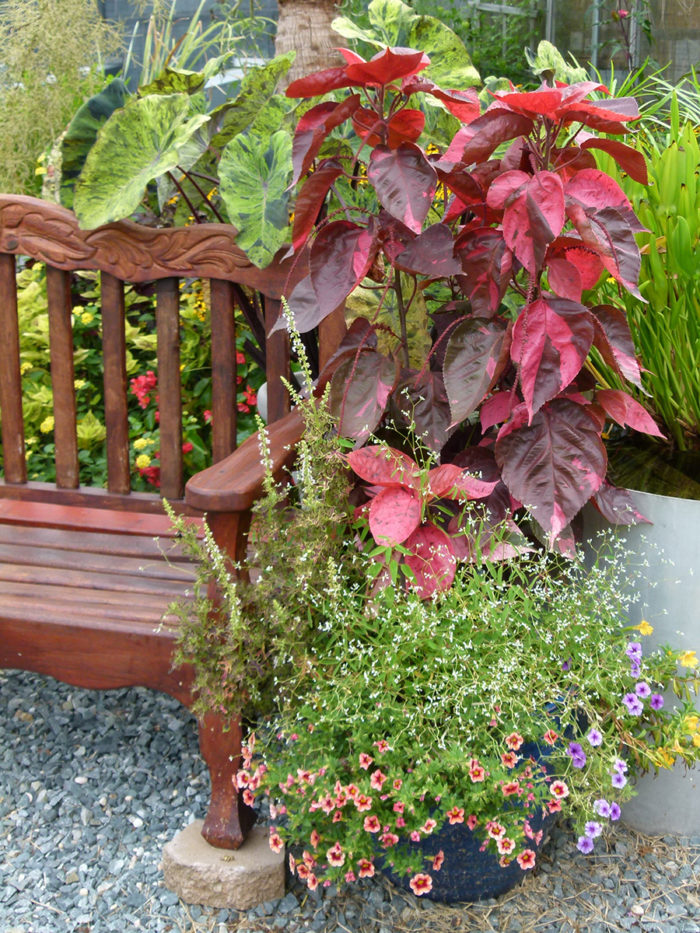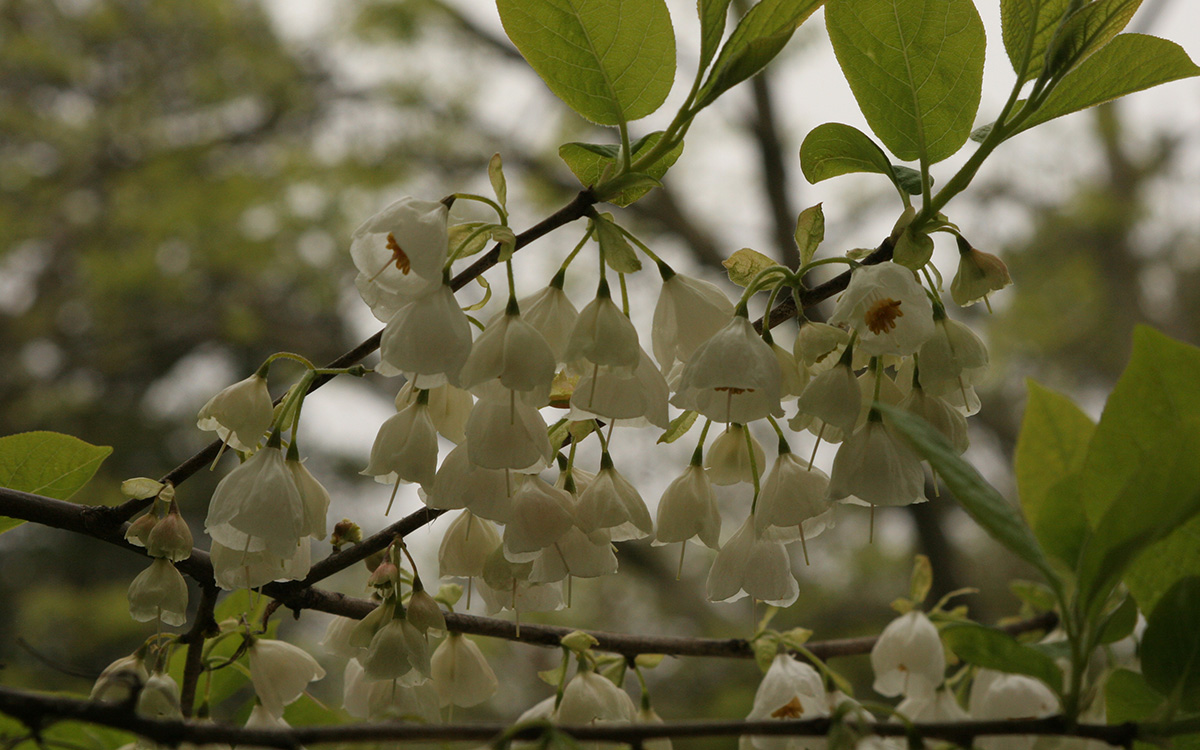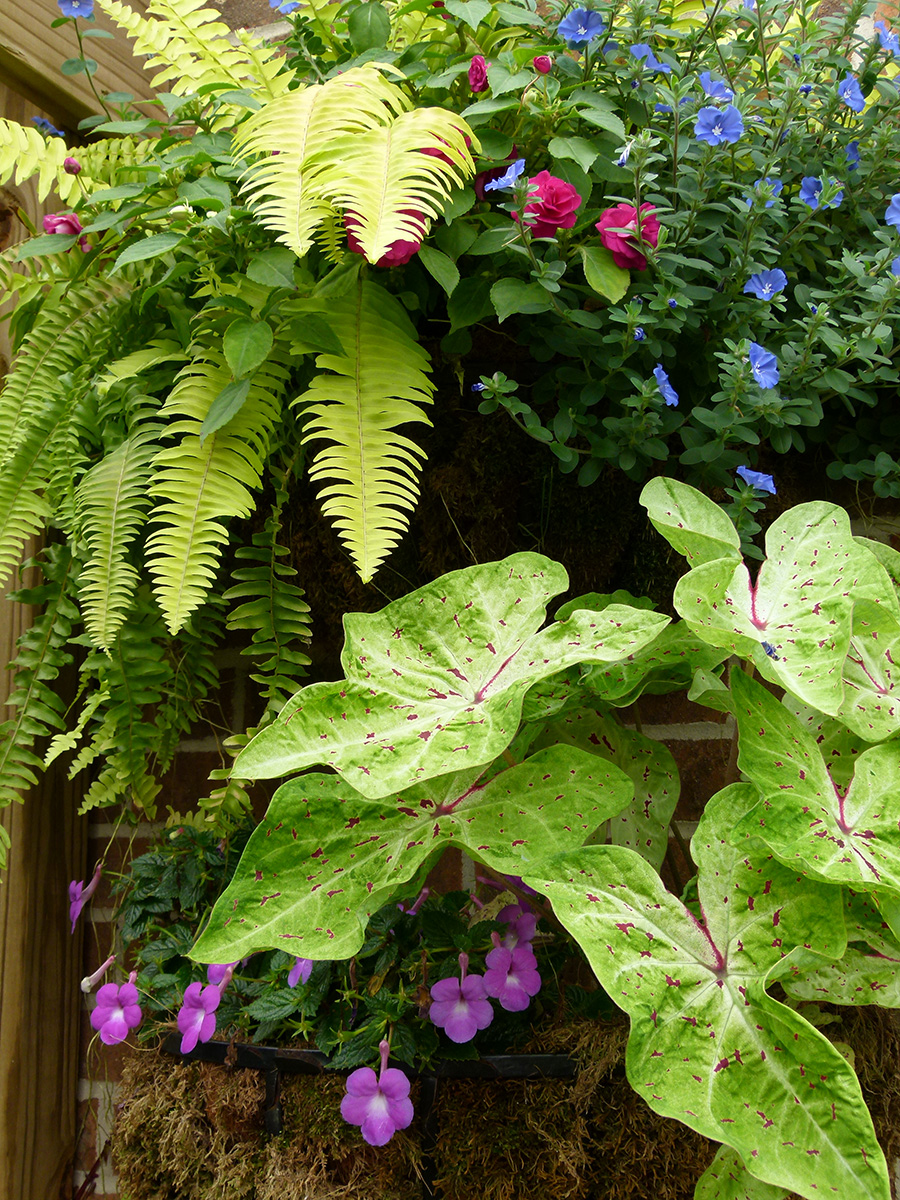
It’s high summer in the Southeast. As long as the rains show up, veggies, annuals, and weeds grow like wildfire in the scorching heat, and gardeners turn crepuscular—venturing out to work at dawn and dusk.

Prune heavy bleeders. Gazing into the canopy of trees this time of year gives a new view of light transmission and areas of crowding. A nondrought summer is actually a fine time to hire an arborist to evaluate and prune your large trees. In fact, it’s the preferred time to prune species known as “bleeders” that leak sap when pruned in late winter, such as these:
- Birches (Betula spp. and cvs., Zones 2–9)
- Elms (Ulmus spp. and cvs., Zones 2–9)
- Maples (Acer spp. and cvs., Zones 3–9)
- Silverbells (Halesia spp. and cvs., Zones 5–9)
- Smoke bushes (Cotinus spp. and cvs., Zones 4–9)
- Dogwoods (Cornus spp. and cvs., Zones 3–9)
Smaller ornamental trees (such as the last three on the list) are accessible with your own pair of pruners or loppers. Do a little fine-tuning by removing small crossing branches and thinning out areas of crowded foliage. They could also use a moderate limbing up (pruning back the trees’ low branches) to allow better access and views. Yes, you may remove a few new flower buds on spring bloomers, but what I’m talking about here is minor pruning; you’ll still enjoy plenty of flowers next year. Learn more about pruning heavy bleeders here.

For container plantings
Container plantings are like framed paintings—eye-catching beauty in a small, defined space. The difference is that the insides of containers change over time. To keep them looking picture-perfect, give them more-frequent attention throughout the summer in the form of regular watering, fertilizing, and grooming.
Make sure plants are getting the right amount of water. Don’t assume plants are getting the optimal flow of water just because you’re consistent as clockwork. Plant needs change with growth and changes in temperature, as roots crowd, and as organic matter breaks down. Two things to watch out for are overwatering due to blocked drainage holes or the lack of them and underwatering that occurs when water flows only along the outer perimeter of your container. How do you check? By getting your hands dirty. A half hour or so after you water, probe down as far as you can, using your fingers to check the soil on the edges and closer to the middle of the container. Don’t worry about disturbing a few roots. If you discover dry spots, water more slowly, and water twice—waiting 10 minutes between soakings. If instead you feel soggy soil, this is a sign that water is standing in your container. Check the drainage holes, and unclog if possible. Continue checking the soil, and don’t water again until the soil is no longer saturated.
Continue to fertilize. Unlike many in-ground plantings, container plants have no source of fertilizer unless you provide it, so be sure you are replenishing with liquid fertilizer every few weeks or a slow-release fertilizer every month (depending on formulation). It only takes a few minutes to deadhead and remove fading foliage once a week—and the results will make you smile for months. Read more on routine container care here.

For edibles
Harvest regularly. If you had food-gardening fever when planting this spring, don’t let the heat keep you from enjoying good harvests. Grab a mug of coffee and spend an early hour in the veggie patch. First, harvest mature produce, even if you have excess. This keeps your plants producing. If you leave ripe fruit unpicked, hormonal signals tell the plant its job is done, and fruiting slows or stops.
Be on the lookout for pests. After harvesting, scout for pests while they are less active. Many vegetable pests can be dealt with through mechanical control, rather than reaching for chemicals (organic or otherwise) that are as likely to harm the insects on your side—pollinators and predators of other insects—as they are pests. Dive deeper on organic controls to pests in the veggie garden here. If squash vine borers have already dealt a deadly blow to your squash, you still have time to sow another crop for later harvest.
Fertilize. Besides the ever-present weeding and watering, don’t forget that vegetable gardens do need a continued source of nutrients. The type of fertilizer and how frequently you fertilize will depend on your soil and other factors, so if you are unsure, a call to your local extension service is a great way to learn more and come up with a plan.

Keep weeding!
Continue weeding the garden. If you’re one of the many gardeners who don’t enjoy weeding (really, some gardeners do enjoy it), it may be tempting to throw in the towel midsummer. But remember that those weeds are sucking up the water you’re applying and swiping nutrients right out from under your perennials. Don’t allow weeds to get mature. It looks better, it prevents them from spreading seeds, and it frees up resources for desired plants.
Don’t forget about those pesky tree seedlings! If you didn’t deal with weedy tree seedlings in spring—and I’m not pointing any fingers (except at myself)—they’ve probably reached a size where they are difficult to pull. If you aren’t comfortable using a little herbicide, a small weed wrench after a good soaking rain does the job on second-year and older saplings. I use the cut-and-squirt method on such saplings as well. Using protection and pruners, snip the tree seedling down to 2 to 3 inches, and immediately squirt the cut surface with a double-strength glyphosate solution. I rarely use herbicide, but this is one case where small amounts, without much risk of drift, can be used efficiently and effectively.

Hire a professional for hardscape or edging work. I don’t wish to offend your DIY sensibilities, but it’s hot out there in July, and professional landscapers are fully acclimated. The planting season is long over, and specialty landscapers tend to have more openings in their schedules now. However, if you’ve got more time than money this year, then by all means, rise early and do a little bit each day on an edging project that puts the cherry on top of your garden.
—Paula Gross is the former assistant director of the University of North Carolina at Charlotte Botanical Gardens.
Fine Gardening Recommended Products

Ho-Mi Digger - Korean Triangle Blade
Fine Gardening receives a commission for items purchased through links on this site, including Amazon Associates and other affiliate advertising programs.

DeWalt Variable-Speed Cordless Reciprocating Saw
Fine Gardening receives a commission for items purchased through links on this site, including Amazon Associates and other affiliate advertising programs.

Pruning Simplified: A Step-by-Step Guide to 50 Popular Trees and Shrubs
Fine Gardening receives a commission for items purchased through links on this site, including Amazon Associates and other affiliate advertising programs.



















Comments
Log in or create an account to post a comment.
Sign up Log in